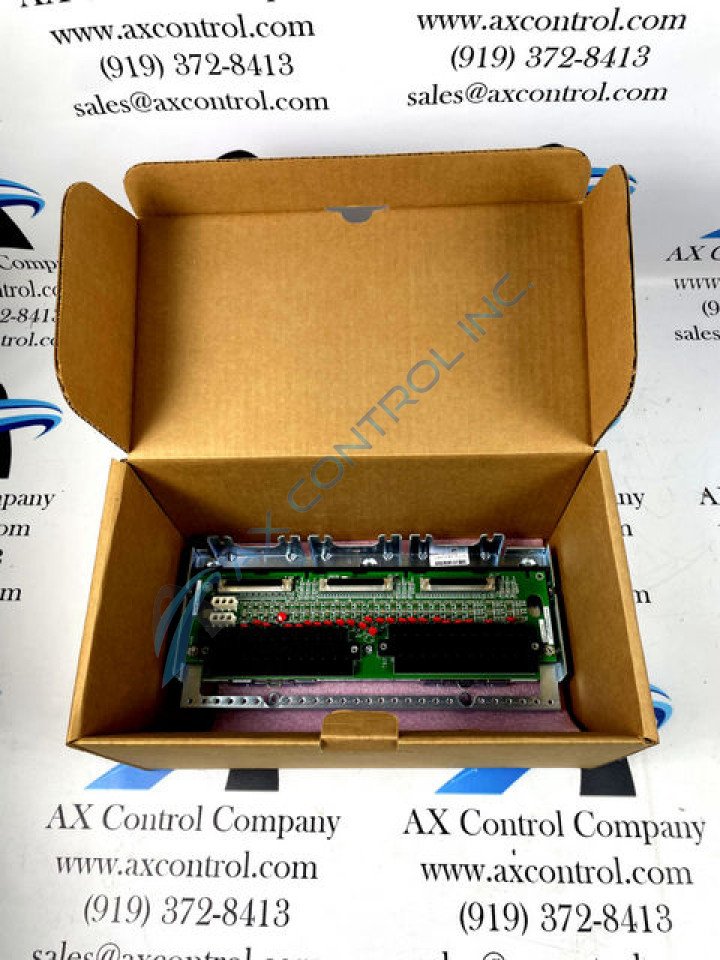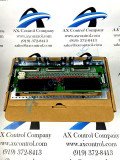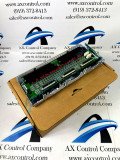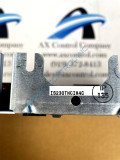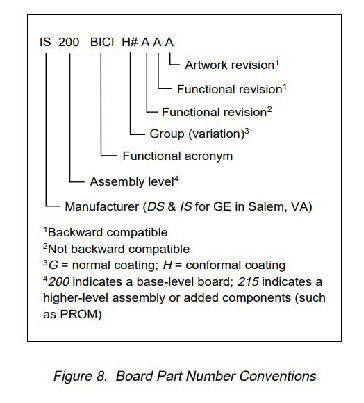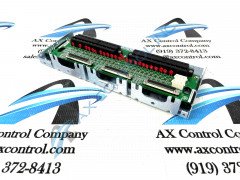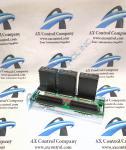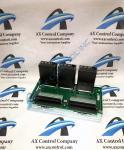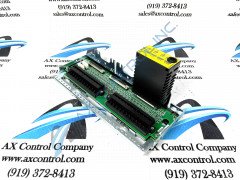About the IS230TNCIH4
Greater Product Series Information
Here at AX Control, we recognize the specialized automated industrial needs that you may have as a prospective buyer. With this in mind, we are happy to offer this IS230TNCIH4 model of printed circuit board; despite the relative absence of viable instructional material available online concerning this product. Considering the relatively mysterious nature of this General Electric product, the information included below has been primarily sourced from either a intensive visual inspection of the PCB itself, pair with supplementary information taken from a breakdown of the functional IS230TNCIH4 product part number. The Mark VI Turbine Control System Series that this IS230TNCIH4 product exists as a component member of has to be treated as a significant functional upgrade upon the previously-released Mark V Turbine Control System Series of a similar full extended series title, as the Mark V Series exists with a set of possible functional applications in gas and steam-based turbine environments alone, shirking this IS230TNCIH4 device's alternative energy-coded steam turbine possible functional setting.
Hardware Tips and Specifications
A number of standard-issue hardware components are identifiable affixed to the base board of this IS230TNCIH4 printed circuit board. A primary highlightable hardware feature of the IS230TNCIH4 exists in its set of two total terminal blocks; installed lengthwise down the left-hand side of this PCB. These terminal blocks seem to feature a series of twenty-four pins for terminal block, for a total of forty-eight total possible terminal selections. Uniquely accompanying these terminal blocks is an elevated number of Metal Oxide Varistors, each of which is labeled by the altered industry nomenclature of "MV." In total, the base board of this IS230TNCIH4 product makes use of twenty four Metal Oxide Varistors. A third hardware component seemingly crucial to the normative functioning of the IS230TNCIH4 printed circuit board is identifiable in this TNCI-abbreviated board's three available female plugs, which again are labeled with non-industry-standard nomenclatures of UT1, US1, and UR1, in order from the plug present at the top of this PCB. While the three primary hardware components important to the TCIS board's function can be easily identified in its terminal blocks, metal oxide varistors, and female plugs, a number of other crucial hardware components contribute to this board's processing capabilities, including:
- Over 200 resistors for voltage protection
- numerous capacitors for additional voltage protection
- a large metal mounting bracket for installation purposes
- an impressive set of over forty functional diodes
- various drill holes and factory-printed labels for installation support
IS230TNCIH4 Functional Product Number
The hardware specifications and details listed above are crucial to understand, considering their roles in the day-to-day function of this General Electric printed circuit board. A visual inspection of the observable IS230TNCIH4 hardware components is not the only way to achieve a greater understanding of the IS230TNCIH4 board's function, however, as the IS230TNCIH4 product part number has been individualized by General Electric to convey a lot of series-specific hardware information. For example, the IS230TNCIH4 Functional product number here indirectly indicates this IS230TNCIH4 device's:
- Salem, Virginia factory domestic manufacture
- TNCI functional acronym
- unique PCB coating style
- Group 4 Mark product series group variation



